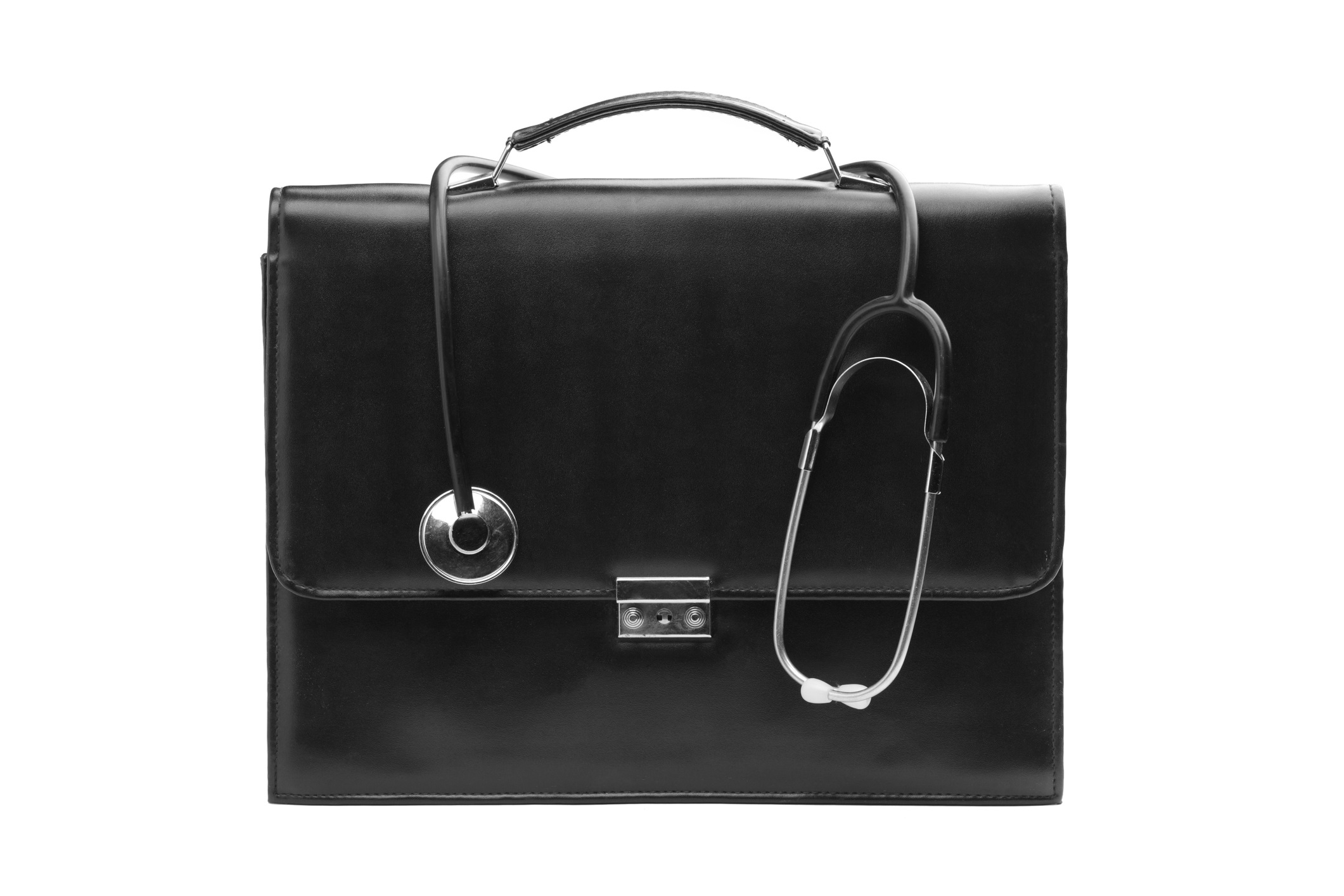Cranial nerve III palsy
A patient with kidney disease and diabetes presented with diplopia and severe left-sided ptosis.
The patient
A 69-year-old woman with a history of stage 3 chronic kidney disease, nonischemic cardiomyopathy, type 2 diabetes complicated by diabetic retinopathy, cerebrovascular accident with very mild left-sided residual left arm and left leg weakness, and bilateral cataracts presented to the hospital with diplopia and severe left-sided ptosis that started acutely the day before admission. The patient was hypertensive with a blood pressure of 220/96 mm Hg but otherwise was afebrile and hemodynamically stable. She was alert and oriented to person, place, and time.
Pupils were equal, round, and reactive to light. The left eye was unable to adduct with rightward gaze and unable to look upward. Extraocular muscles of the patient's right eye were intact. Horizontal binocular diplopia was present when the patient was looking to the right, which resolved when each eye was covered alternately; left-sided ptosis and facial droop around the patient's left eye were present without any other clear facial asymmetry.

Sensation was normal bilaterally with 5/5 motor strength of the right upper and lower extremity. Patient exhibited 4/5 strength of her left upper and lower extremity, baseline since her previous stroke. Otherwise the rest of patient's physical examination was unremarkable. At the time of admission blood work was significant for an HbA1c level of 8.0% (normal <5.7%). The patient was treated with strict glucose and blood pressure control. At a three-month follow-up appointment, both palsy and diplopia were resolved.
The diagnosis
The diagnosis is acquired pupil-sparing cranial nerve III (CNIII) palsy, isolated, incomplete, and most likely from peripheral ischemia due to long-standing uncontrolled diabetes and uncontrolled hypertension. Third-nerve palsy is a relatively common condition with an annual incidence in the U.S. of about 4 per 100,000 that increases to about 12 per 100,000 in those older than age 60 years. The most common causes include microvascular ischemia, trauma, and compression from neoplasm or aneurysm. The locations of compressive lesions causing CNIII palsy can be described as subarachnoid, cavernous sinus, brain stem, or nonlocalized. Compressive causes (neoplasm, aneurysm) compress the superficial pupillomotor fibers and blood supply of CNIII and thus affect the pupil, whereas medical conditions causing ischemia (diabetes, hypertension) tend to affect the more central blood supply of the nerve and thus spare the pupil.
Differential diagnoses include but are not limited to myasthenia gravis, thyroid disease, congenital ptosis, and ophthalmoplegic migraines. Work-up should include blood pressure monitoring, complete blood count, and testing of blood glucose, HbA1c level, and erythrocyte sedimentation rate. If the pupil is not spared, MRI should be obtained to assess for intracranial abnormalities and CT angiography should be done to rule out vascular or aneurysmal causes. Acute palsy from ischemia typically improves within one month and complete recovery often occurs in three months. If improvement does not occur, further conservative management can entail use of an eye patch to occlude the affected eye to help with diplopia. Surgery is another possible treatment for patients without improvement, pursued with the aim of aligning the eye in a fashion to provide binocular single vision and minimize and prevent diplopia. Improvement and prevention depend most on controlling risk factors, including diabetes and hypertension.
Pearls
- Risk factors for a cranial nerve palsy are similar to those for stroke, including uncontrolled hypertension and diabetes.
- Work-up should include blood pressure monitoring, complete blood count, and testing of blood glucose, HbA1c level, and erythrocyte sedimentation rate. If the pupil is not spared, MRI and CT angiography should be considered to rule out compressive causes.
